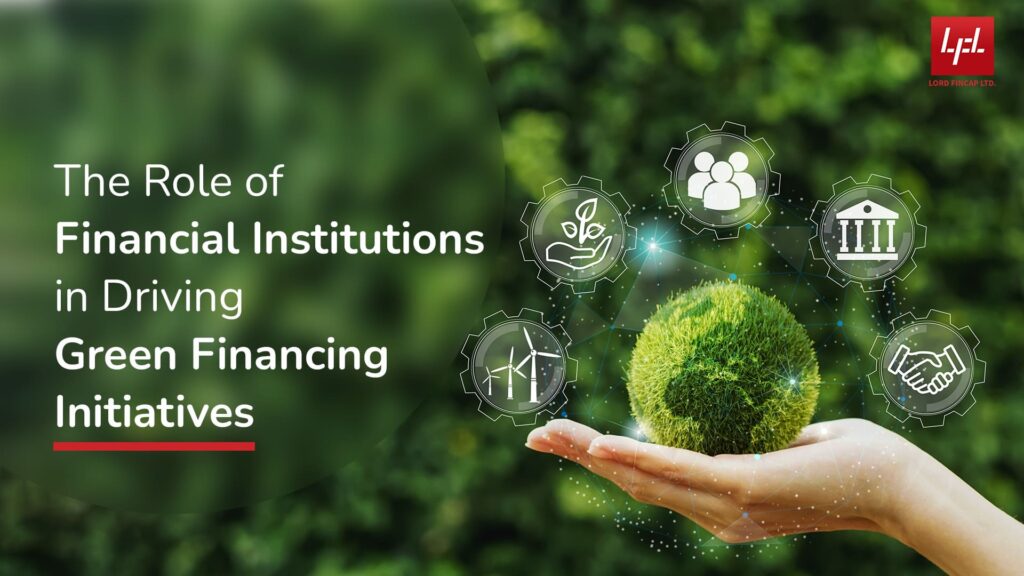
Menu
The Role of Financial Institutions in Driving Green Financing Initiatives
- Home /
- Knowlegde Centre

The financial sector is a catalyst for change in the global pursuit of sustainability. Financial institutions are pivotal in driving green financing initiatives, leveraging their influence to direct capital towards environmentally friendly projects and initiatives.
As the world grapples with the urgent need to address climate change and environmental degradation, financial institutions’ role becomes increasingly crucial in fostering a transition towards a greener economy. At the heart of green financing initiatives lies aligning financial flows with sustainable development objectives.
This involves channeling investments towards projects and activities promoting environmental sustainability, such as renewable energy development, impact finances, energy loans, energy efficiency improvements, sustainable infrastructure projects, and initiatives to mitigate climate change impacts. Financial institutions serve as critical intermediaries in this process, facilitating the flow of capital from investors to sustainable projects.
One of the primary ways in which financial institutions drive green financing initiatives is through the provision of specialized financial products and services. These may include green bonds, sustainability-linked loans, green mortgages, and investment funds focused on environmentally responsible assets. By offering these products, financial institutions not only provide investors with opportunities to support sustainability but also incentivize businesses and organizations to adopt more environmentally friendly practices.
Financial institutions play pivotal roles in advancing green investments through various means:
Facilitating Green Financing Initiatives: Financial institutions serve as enablers by providing avenues for organizations to adopt eco-friendly practices. By allocating funds towards green investments for eg. solar projects ,they catalyze positive environmental impact.
Tailoring Green Financial Products: Creating specialized green investment funds designed to support projects focused on environmental sustainability, energy efficiency, and responsible resource management. These tailored financial products encourage investment in environmentally beneficial initiatives.
Integrating Environmental Risk Assessments: Financial institutions are incorporating environmental risk assessments into their investment strategies in response to escalating climate change risks. By evaluating projects for their environmental impact and considering potential climate-related risks, they mitigate financial vulnerabilities stemming from environmental challenges.
Fostering Collaboration and Partnerships: Recognizing the interconnected nature of sustainable finance, financial institutions engage in collaborative efforts with government agencies, environmental organizations, and sustainable development experts. By pooling resources and expertise, they develop comprehensive solutions that address environmental challenges effectively.
In conclusion, the role of financial institutions in driving green financing initiatives cannot be overstated. Financial institutions are instrumental in accelerating the transition towards a more sustainable and resilient future by providing specialized financial products and services, assessing and managing environmental risks, advocating for policy reforms, and raising awareness. As the demand for sustainable finance grows, financial institutions have a unique opportunity and responsibility to lead the charge towards a greener economy. By harnessing their influence and resources, financial institutions can play a transformative role in shaping a more sustainable world for future generations.



